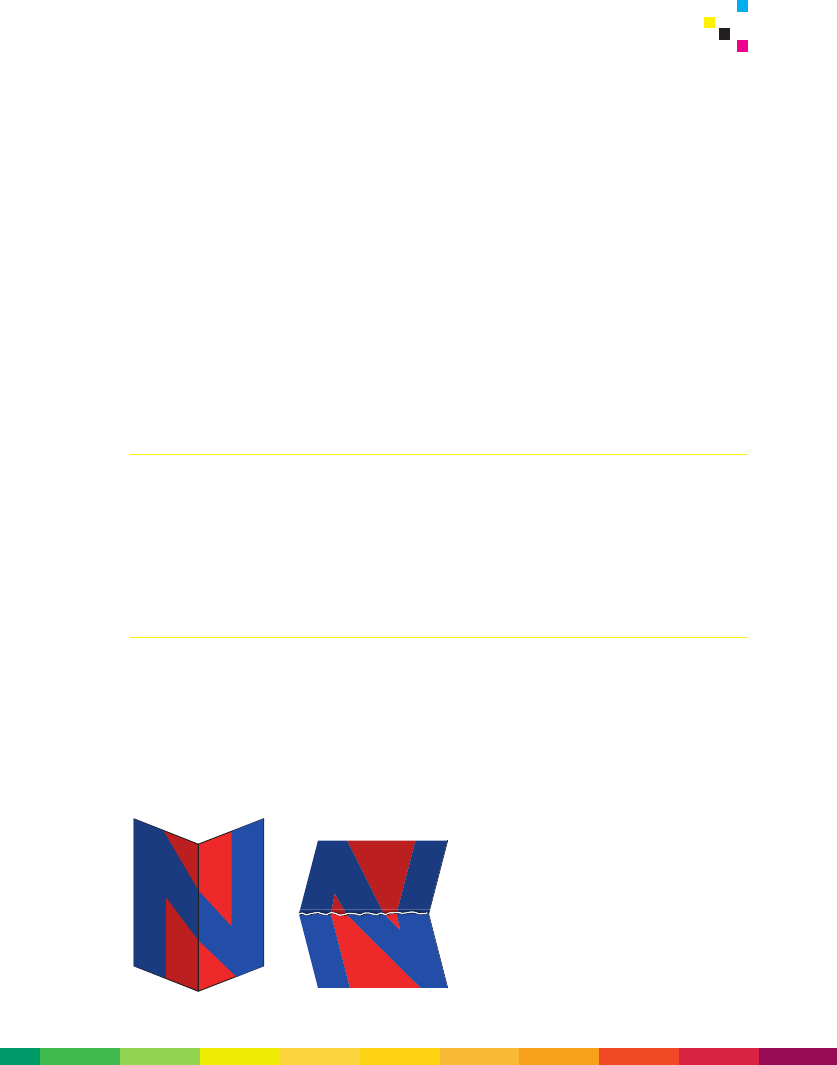
6 – 1
Outside of the commercial print world, a vital part of a document’s lifecycle is often
overlooked. Many people believe a document is completed once the pages leave the
printer, disregarding the finishing process altogether.
Yet advancements in binding and finishing processes are just as revolutionary as those
found in the rest of the printing marketplace. Documents are put together faster and
with more precision than ever before, keeping pace with the rate at which they are
produced by new digital technology.
Postpress operations generally follow a basic sequential order for finishing. Documents
are first collated, then folded, then bound and finally trimmed. After trimming, there
are other finishing options that can be performed for document protection or aesthetics.
Collating
Just after printing, postpress operators must ensure that all final pieces, including text
pages, tabs, inserts, etc. are placed in the appropriate position within the final document.
Collating a job refers to gathering signatures together in the correct sequence. Put
simply, it means ensuring that page 1 is followed by page 2, page 3, and so on.
Folding and scoring
There are many contributing factors to successful folding. Sheet size, for example, has
a bearing on the type of folding to be performed. Paper thickness or weight is another
important consideration. Some papers may be too thick or rigid to pass through the
paper path of the DocuColor 2060. They may also crack or blister when folded or scored.
The grain of the paper is another factor that affects the folding process. A paper’s grain
refers to the direction of the fibres with respect to the long edge of the paper. Paper
can be long grain (the grain runs
parallel to the 297 mm dimension of an
A4 sheet) or short grain (the grain runs
parallel to the 210 mm dimension of an
A4 sheet). Paper folds most smoothly
parallel to the grain, while folds against
the grain may cause paper to crack and
appear lumpy and ragged.
6 Binding and finishing


















